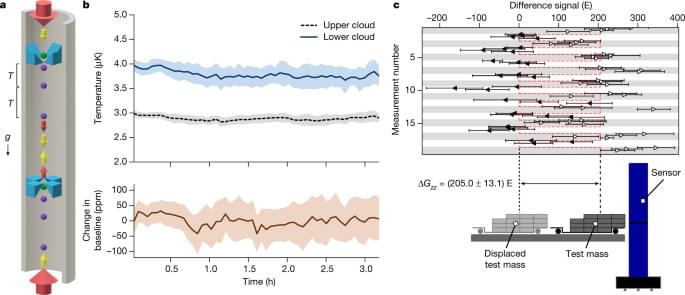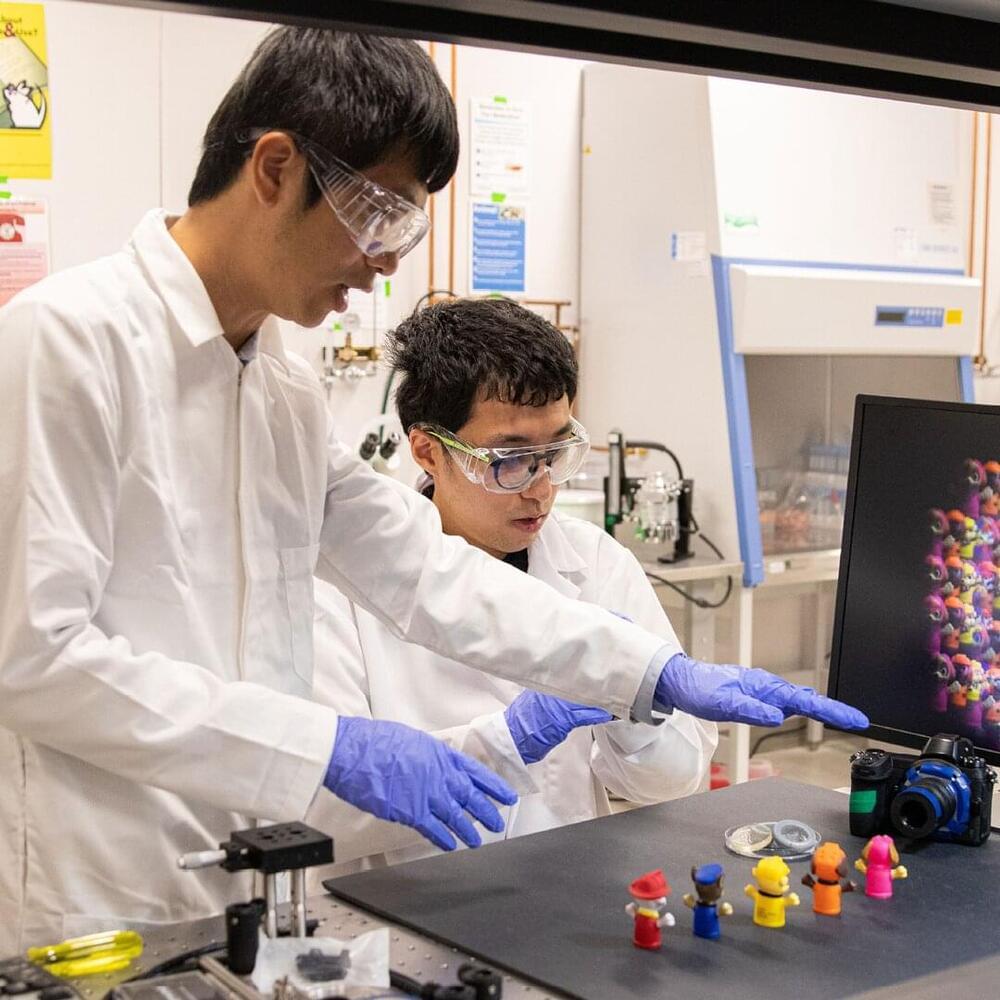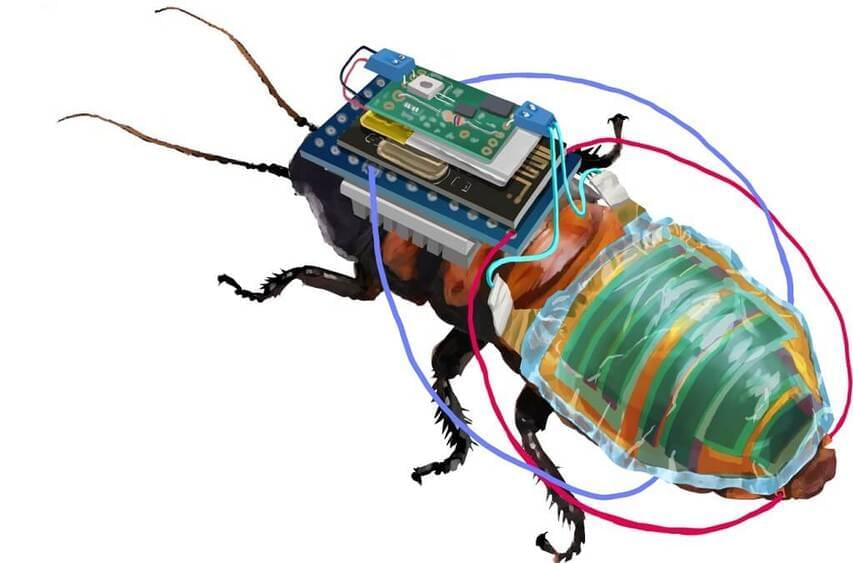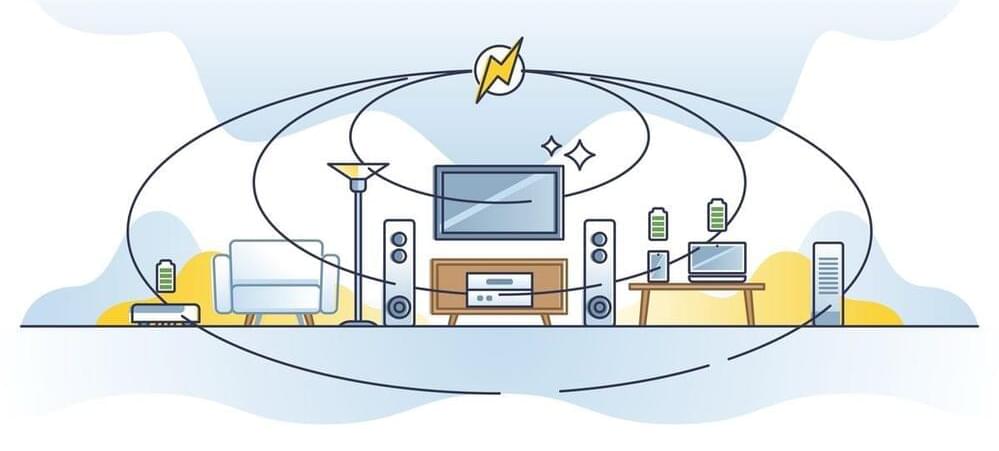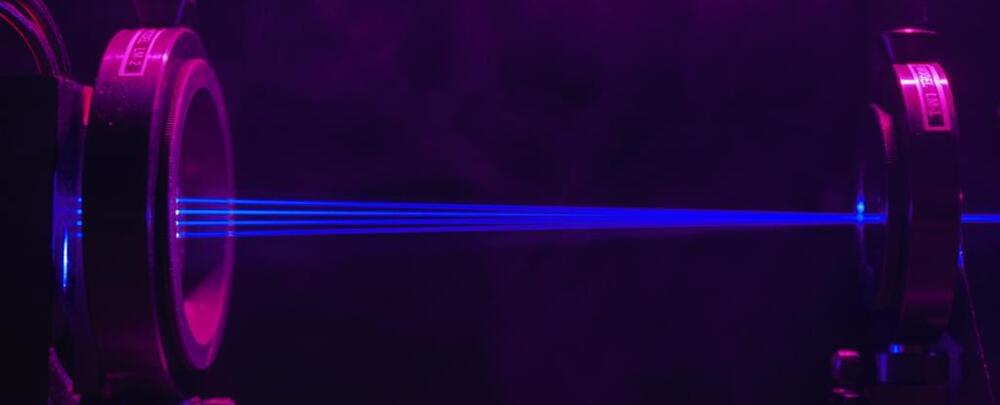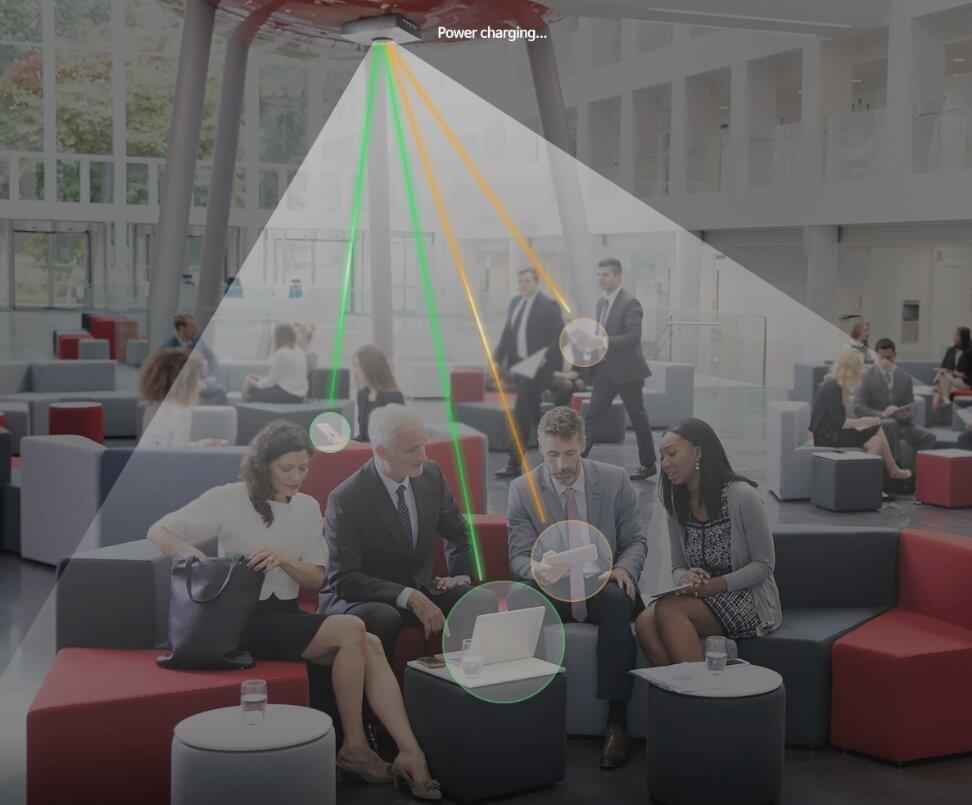A study reports a quantum gravity gradient sensor with a design that eliminates the need for long measurement times, and demonstrates the detection of an underground tunnel in an urban environment.
Category: electronics – Page 30
Part 2 of the interview with Randal Koene that first aired on Critical Thought TV in March 2012.
South Korea’s Samsung Electronics has launched a new and its largest chip production line. The new factory was opened in Pyeongtaek, South Korea, 70 km from Seoul.
Here’s what we know
Despite the September 7 launch, the P3 line began operating as early as mid-summer. Samsung started trial production of NAND memory in July. The new facility uses ASML’s lithography machines. It is the dutch company, which is essentially a monopolist in the extreme ultraviolet lithography equipment market.
Researchers have developed a camera that uses a thin microlens array and new image processing algorithms to capture 3D information about objects in a scene with a single exposure. The camera could be useful for a variety of applications such as industrial part inspection, gesture recognition and collecting data for 3D display systems.
“We consider our camera lensless because it replaces the bulk lenses used in conventional cameras with a thin, lightweight microlens array made of flexible polymer,” said research team leader Weijian Yang from the University of California, Davis. “Because each microlens can observe objects from different viewing angles, it can accomplish complex imaging tasks such as acquiring 3D information from objects partially obscured by objects closer to the camera.”
In the journal Optics Express, Yang and first author Feng Tian, a doctoral student in Yang’s lab, describe the new 3D camera. Because the camera learns from existing data how to digitally reconstruct a 3D scene, it can produce 3D images in real time.
Cyborg cockroaches stay charged
Posted in cyborgs, electronics
An international team of researchers have refined a remote-control cyborg cockroach.
You can get down off the table – they’re not in the wild yet. But it’s reasonable to ask why they’d do such a thing.
It’s not because they have a nasty streak. Animals fitted with electronic devices can get into places that humans can’t go.
Scientists have worked out how to use an infrared laser to charge devices at a distance. The system can deliver up to 400 milliwatts of power up to a distance of 30 meters (100 feet). That amount of power is sufficient to charge small sensors and other tech, and with developments, it could be possible to charge mobile devices too.
The work, published in the journal Optics Express, focused on a method called distributed laser charging. They showed that an infrared laser (whose wavelength can’t harm skin or eyes) was shined through a spherical ball lens towards a device with a photovoltaic receiver of 10 by 10 millimeters (0.4 by 0.4 inches).
The receiver is small enough to be attached to many mobile devices and sensors, and the team showed that it was able to convert 400 milliwatts to 85 milliwatts of electrical power. A small but significant result.
We could one day charge our phones and tablets wirelessly through the air, thanks to newly developed technology.
Researchers have used infrared laser light to transmit 400mW of light power over distances of up to 30 meters (98 feet). That’s enough juice to charge small sensors, though in time it could be developed to charge up larger devices such as smartphones too.
All this is done in a way which is perfectly safe – the laser falls back to a low power mode when not in use.
Circa 2012 face_with_colon_three
(PhysOrg.com) — Sometimes total electrical isolation is a good thing — and that’s the idea behind a power-over-fiber (PoF) communications cable being developed by engineers at Sandia National Laboratories.
It’s common to isolate communications between systems or devices by using fiber optic cables, said Steve Sanderson of Sandia’s mobility analysis and technical assessment division. But when power also is required, sending it down a copper wire can at times be a safety issue, and substituting it with battery power may not be suitable or practical, he said.
Sanderson, Titus Appel and Walter Wrye, a former Sandia intern, are co-inventors of a hybrid cable design that uses fiber to send and regulate optical power to the communications electronics integral to the cable. A patent is pending on the design.
We might be too close to wirelessly charging our mobile devices anywhere.
Researchers from Sejong University have developed a new system to transmit power over 30 meters using infrared light wirelessly. During laboratory tests, researchers demonstrated that the new system could transfer 400 mW of light power. For now, this amount of power is enough for charging sensors; however, further progress could mean enough high levels to charge mobile phones in various public places.
The research has been published in Optics Express.
In Optics Express, researchers describe a new wireless laser charging system that overcomes some of the challenges that have hindered previous attempts to develop safe and convenient on-the-go charging systems.
